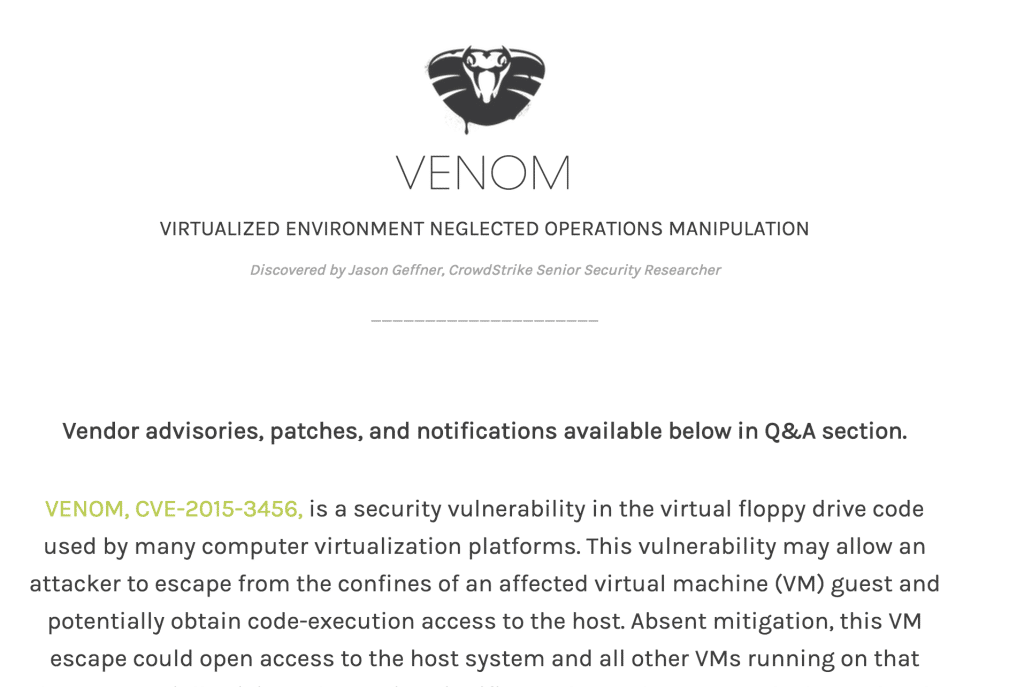In-Brief: Software and the critical systems it powers are now central to our modern lives. But that very software is under growing threat and require new approaches to address those threats, says Symantec CTO Amit Mital. Successes in the arena of public health may be a guide.
Month: May 2015
NetUSB, IoT and Supply Chain Risk
If you want an object lesson in the dangers that await us on the Internet of Things, check out SEC Consult’s write up on NetUSB, a widely used technology developed by an obscure Taiwanese company that just happens to contain a nasty, remotely exploitable vulnerability. According to this alert, published on Tuesday, NetUSB “suffers from a remotely exploitable kernel stack buffer overflow” that could be used to run malicious code on affected devices. Even worse: the NetUSB component is ubiquitous – found in a long list of devices, from low-end wireless access points and broadband routers for small office and home office deployments to what SEC Consult called “high end devices…released very recently.” Networking devices from 26 vendors, including TP-Link, NetGear and others were found to use the NetUSB technology in their products. The vulnerability discovered by SEC Consult is straight-forward enough. According to their advisory, the NetUSB code does an inadequate […]
Everything Tastes Better with Bluetooth: Understanding IoT Risk
In-brief: Marc Blackmer of Cisco says that, with so much promise, it can be hard to anticipate how individual or company-wide decisions to embrace the IoT might bear on cyber risk.
FBI Affidavit Alleges Researcher Hacked Planes In Flight
In-brief: Did security researcher Chris Roberts attempt to tamper with in-flight systems during a United Airlines flight from Denver to Chicago in April? An FBI affidavit says “yes,” Roberts says “no way.”
VENOM Vulnerability Renews Shared Code Worries
In-brief: The recently disclosed VENOM vulnerability dispels the myth that virtual machines are immune to cyber attacks, and raises important questions about our reliance on shared code.





